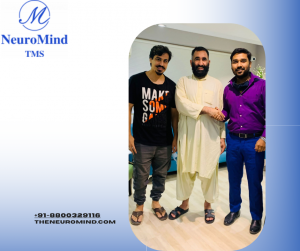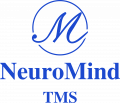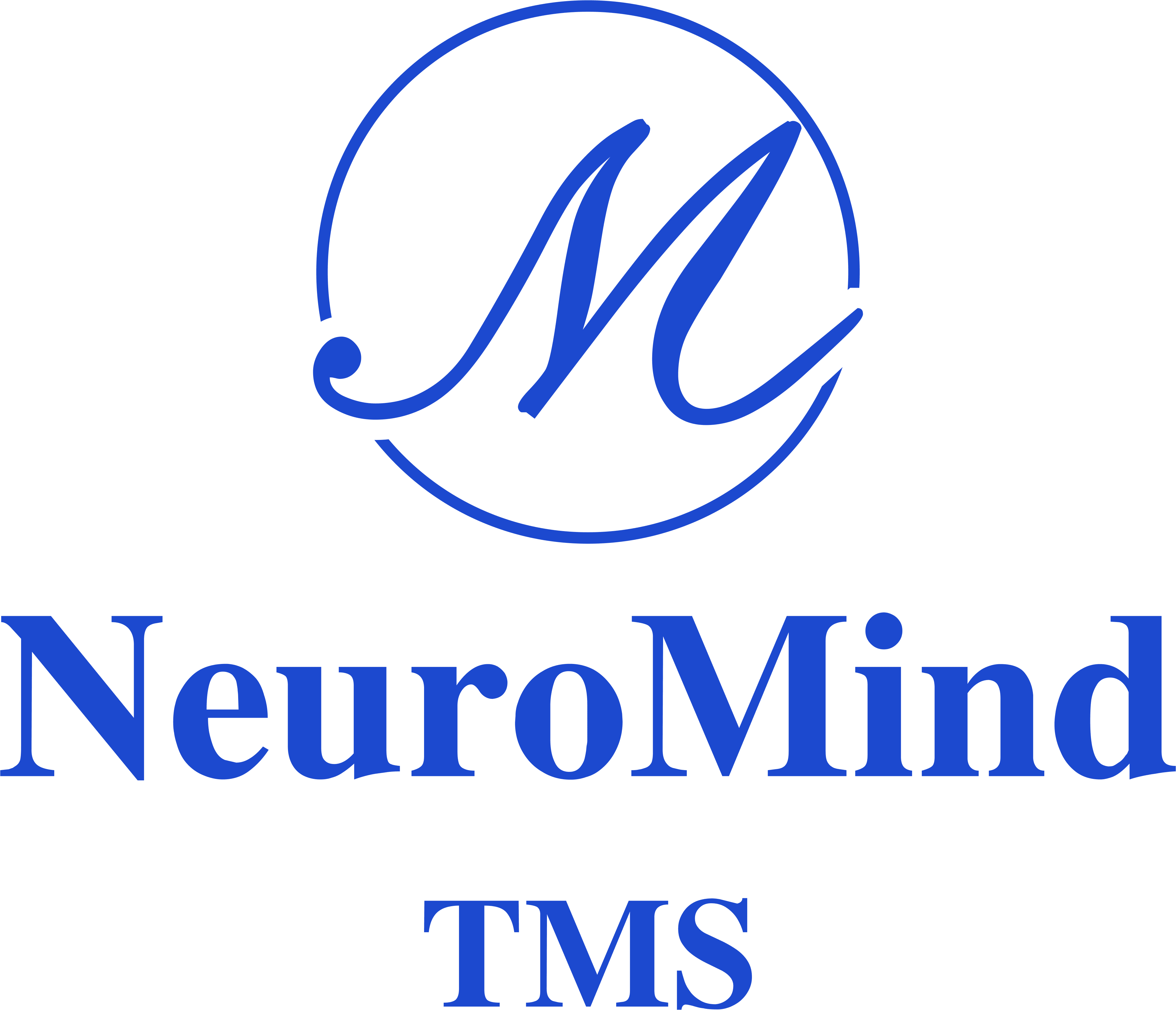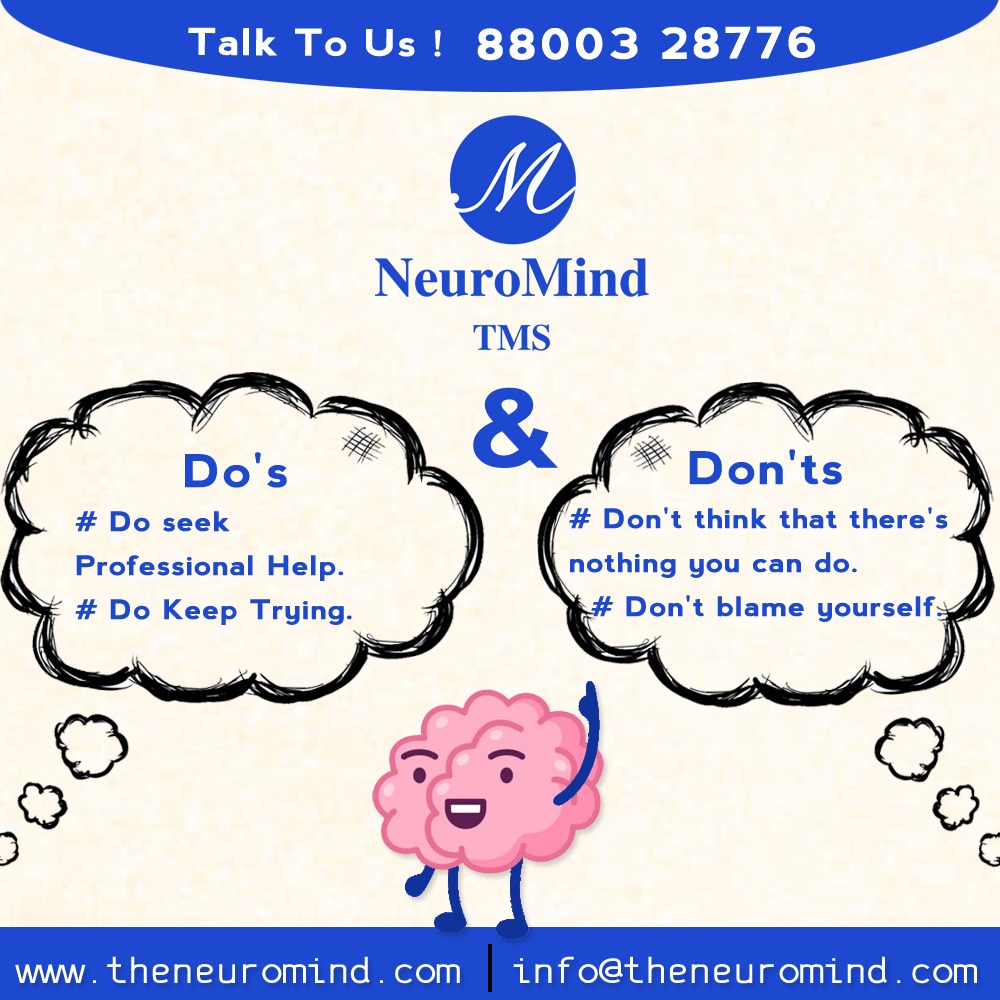Fits Treatment by NeuroMind TMS
Fits, also known as seizures, are sudden, uncontrolled electrical disturbances in the brain that cause temporary changes in behavior, movement, sensation, or awareness. Seizures can be caused by a variety of factors, including brain injury, stroke, infection, and certain medications.
There are many different types of fits, but they can be broadly categorized into two main types: focal seizures and generalized seizures.
- Focal seizures start in a specific area of the brain. They can cause a variety of symptoms, depending on the area of the brain that is affected. For example, a focal seizure that starts in the motor cortex can cause muscle twitching or jerking, while a focal seizure that starts in the visual cortex can cause visual disturbances.
- Generalized seizures involve both sides of the brain. They are often more severe than focal seizures and can cause a loss of consciousness. The most common type of generalized seizure is the tonic-clonic seizure, which is also known as a grand mal seizure.
The treatment for fits is determined by the type of seizure, the frequency of seizures, and the underlying cause of the seizures. In most cases, the first line of treatment is medication. There are many different types of anti-seizure medications available, and your doctor will work with you to find the medication that is right for you.
If medication is not effective in controlling seizures, other treatment options may be considered. These options include:
- Vagus nerve stimulation (VNS). A small device is implanted in the chest that sends electrical impulses to the vagus nerve. The vagus nerve is a nerve that runs from the brain to the heart and other organs. VNS is thought to help control seizures by stimulating the brain’s inhibitory pathways.
- Dietary therapy. A special diet called the ketogenic diet can be effective in controlling seizures in some people. The ketogenic diet is high in fat and low in carbohydrates. This type of diet helps to change the way the brain uses energy, which can help to prevent seizures.
- Surgery. In some cases, surgery may be an option for people with seizures that cannot be controlled with medication or other treatments. Surgery can involve removing the part of the brain that is causing the seizures.
The outlook for people with fits varies depending on the type of fit, the frequency of fits, and the underlying cause of the fits. In general, however, most people with fits can live normal, productive lives with the right treatment.
Here are some of the most common treatments for fits:
- Medication: Anti-seizure medications are the most common treatment for fits. There are many different types of anti-seizure medications available, and your doctor will work with you to find the medication that is right for you.
- Vagus nerve stimulation (VNS): VNS is a surgical procedure that involves implanting a small device in the chest that sends electrical impulses to the vagus nerve. The vagus nerve is a nerve that runs from the brain to the heart and other organs. VNS is thought to help control seizures by stimulating the brain’s inhibitory pathways.
- Dietary therapy: The ketogenic diet is a high-fat, low-carbohydrate diet that can be effective in controlling seizures in some people. The ketogenic diet helps to change the way the brain uses energy, which can help to prevent seizures.
- Surgery: In some cases, surgery may be an option for people with seizures that cannot be controlled with medication or other treatments. Surgery can involve removing the part of the brain that is causing the seizures.
Frequently Asked Questions (FAQs)
We have submitted a FAQs list that people always ask us
How does TMS therapy work
How much does TMS therapy cost in Delhi?
What are the side effects of TMS therapy?
Video Testimonials by Patient
Testimonials by Patient










With access to
24 Hour
APPOINTMENT
Assistance
Our 24-hour appointment is available for everyone whenever urgent situations arise. Get essential care even during evenings, weekends, holidays, or other non-standard times.




